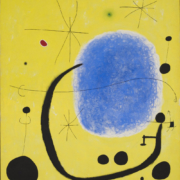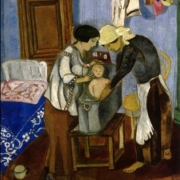Folkloristic Methods in Dreams Interpretation
Abstract
The current paper deals with the affinity between dreams and fairy tales by using methods taken from the folk literature discipline. In the search to define common meeting points between literature and psychoanalysis, the most popular tendency has been towards psychological interpretation of literary genres. The current paper describes the opposite process, in which a mental product – the dream – is given a literary treatment. This process reflects the assumption that literary and folkloristic interpretations, which focus on aesthetic, collective and universal aspects of dreams, might have an important contribution to make, both on a Read more


